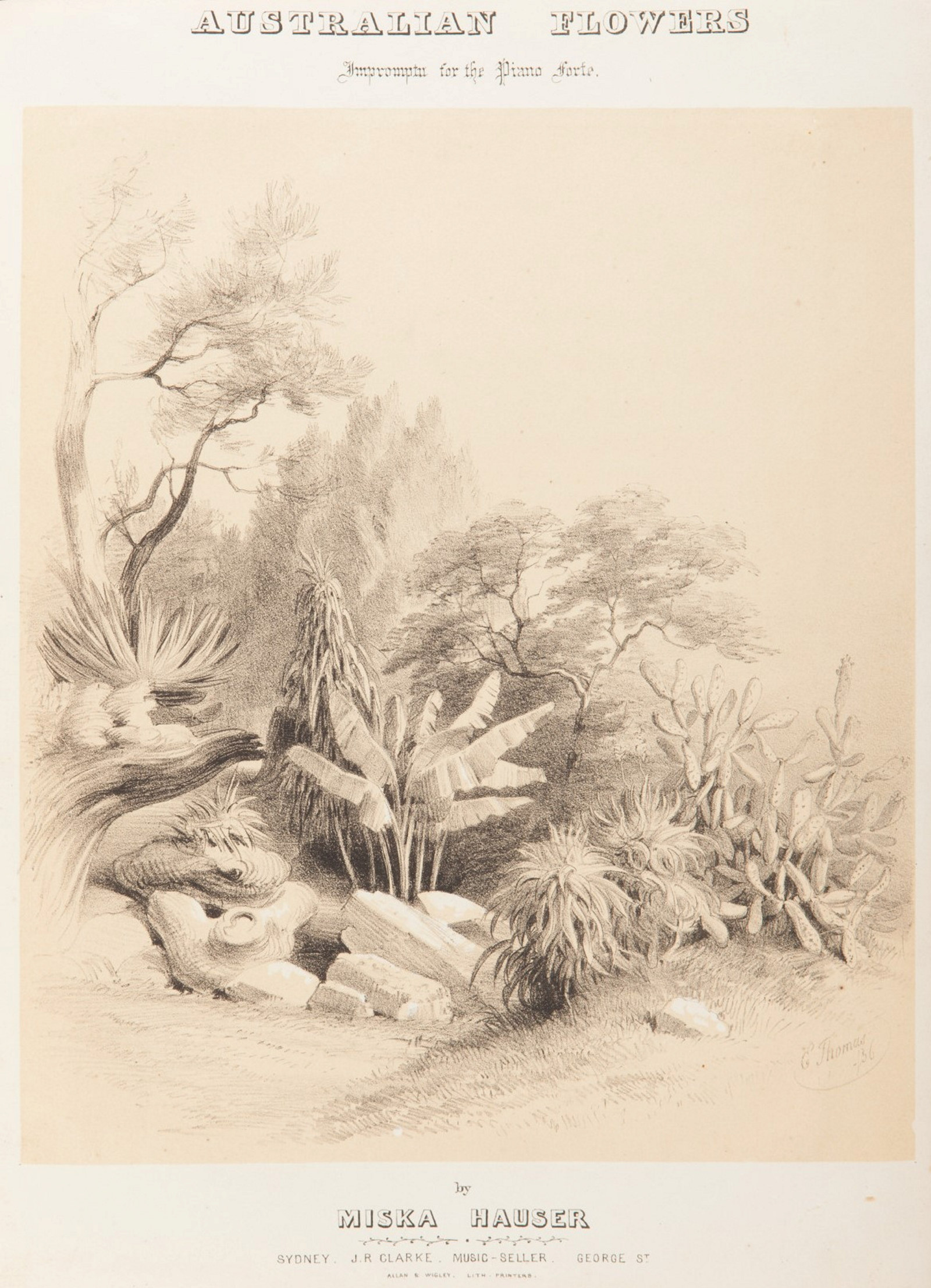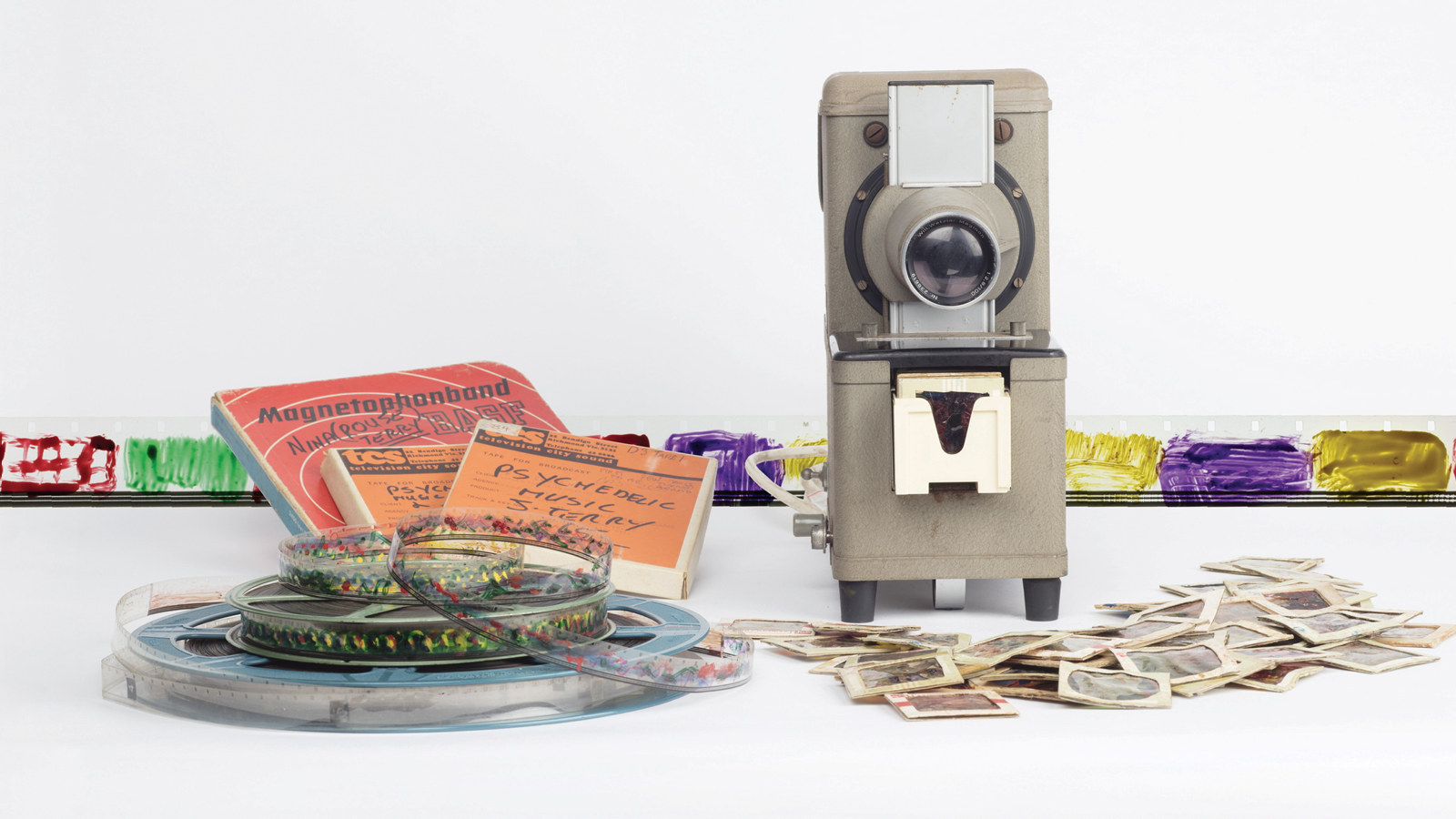Putting springs in their place
Our philosophy of maintaining the Rouse Hill Estate collection in its timeworn condition poses distinct conservation challenges.
As far as possible, the collection at Rouse Hill Estate is maintained in the condition it was in when members of the Rouse and Terry families last lived there, in the 1990s. We deliberately retain its well‑worn look and feel, with marks and dents from generations of use, while ensuring that it doesn’t deteriorate further. This approach can be more difficult than maintaining a home restored to its original glory. The challenges are illustrated by recent work on two chairs in the house. A receipt from cabinet maker Andrew Lenehan lists the chairs among a large number of items bought by Edwin Rouse in 1855. Lenehan was a highly regarded cabinet maker and upholsterer who designed, manufactured and imported furniture. The receipt includes six side chairs, an easychair (or ‘grandfather’ chair), a couch, a teapoy (a stand used to store tea) and a walnut centre table, all of which are still in the sitting room.
Wear and tear
Comparison of the chairs’ current condition with photos from the early 1990s showed that there had been some further deterioration. This was mostly caused by loosened springs forcing their way through the fragile webbing and dustcovers on the underside of the seats. The seats had sunk, and in some cases the springs were showing through the underside. Curator Dr Scott Hill and I worked with senior textile conservator Fiona Tennant and senior furniture conservator Oliver Hull from International Conservation Services to develop an overall philosophy for the ongoing care of the upholstered furniture. We discussed a range of options, from a ‘minimalist’ approach that could allow deterioration to continue, to an interventionist approach of removing the springs and replacing them with foam inserts that would support the shape of the chairs. We opted for a system that involved resecuring the springs with stainless-steel clamps and introducing new materials to support the existing webbing and dustcovers. While this approach was more time-consuming than other options, it should reduce the risk of further deterioration while allowing us to retain original materials.
A grandfather chair
To test and refine this approach, we selected two items from the collection to work on. The first was the grandfather chair, made of French‑polished walnut. Like many of the chairs, it has been re-covered a number of times, with each new layer added over the previous one. The top layer is a cotton fabric with a Turkish carpet pattern dated by curators from London’s Victoria and Albert Museum to the 1870s–80s. It’s thought that Bessie Rouse may have re-covered the chairs herself with this fabric in the early 1900s.
The chair’s dustcover – the plain fabric covering on the underside of the chair – and webbing had been torn by the springs. First, the dustcover and webbing were lifted out of the way to access the springs. Using a 1990s photo as a reference point, the springs were clamped into a tighter formation to reduce stress on the webbing and dustcover and return the seat to its original shape. During this process, we were excited to find remnants of another layer of fabric, in a green and cream floral pattern, above the first, red layer. This brings the total number of layers of fabric on the chair to five, not the four previously thought.
Patches and support layers were carefully hand‑stitched onto the underside of the webbing and dustcover. New webbing, slightly narrower than the original, was introduced, and the original webbing was stitched into position over the top, concealing the new support layer. Where possible, original tacks were repositioned in existing holes. Where tacks were missing, green tacks were used for easy identification.
Some of the gimp (decorative braid) around the edge of the seat cover was coming loose. This has been hand‑stitched lightly into place to prevent it from unravelling further while maintaining its worn appearance.
A side chair
The second chair (a balloon-backed side chair) had its own challenges. The webbing had been repaired while the chair was still in use, and it was essential to keep this aspect of its history. The earlier repairs have been retained and further stitching used to hold the webbing in place. The same techniques used for the grandfather chair were used to clamp the springs and reattach the webbing, dustcover and gimp.
With the conservation work successfully completed on the first two chairs, we’re now looking to employ these techniques on more items in the Rouse Hill collection, as we continue to care for this fascinating slice of more than 175 years of Australian history.
Published on
Rouse Hill Estate
![Owner bound volume of assorted songs, in the collection of Rouse Hill House & Farm, 1850-1864. [music]](https://images.slm.com.au/fotoweb/embed/2023/10/615fb53b45ca4bfb8d979b01993be8c3.jpg)
‘Home! Sweet Home!’
It may come as a surprise that the expression ‘home, sweet home’ originates from a song title

'Australian Flowers'
Given that much of the music played in Australia in the 19th century had been imported, one might ask what constituted an ‘Australian’ piece of music?

1960s psychedelia at Rouse Hill House
In a short experimental period of music making, the talented young John Terry combined radical musical ideas with abstract imagery and the soundscape of Rouse Hill House

A Gothic Angel
In the drawing room at Rouse Hill your eye is instantly drawn to a small painting on the far wall; a figure of an angel in a shining gilt frame, acquired in the 1870s
